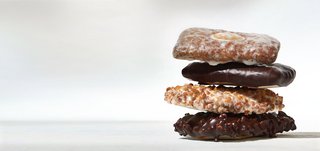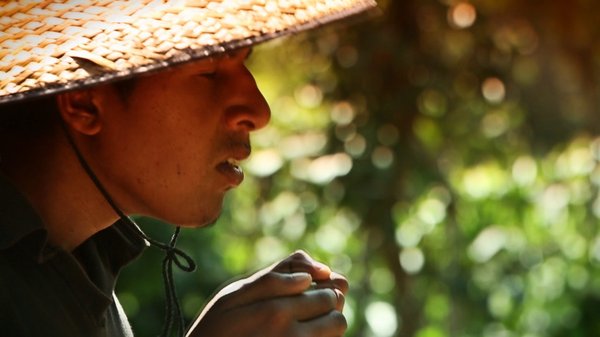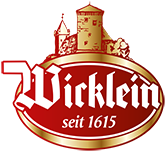WELCOME TO NUREMBERG'S TRADITIONAL - LEBKÜCHNEREI!
WICKLEIN IS MAKING HISTORY
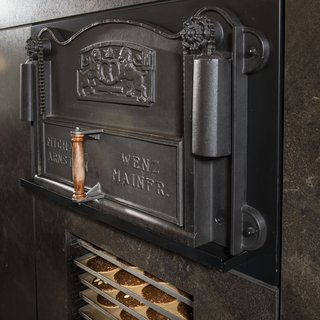
Wicklein's company history is traceable back to the year 1615. It all began with Joachim Häckel as a master gingerbread maker in Auerbach. In 1634, his son Hans Jäckel was already working as a gingerbread maker in Nuremberg. By marrying the gingerbread manufacturer Christian Mair's widow, Barbara Nußberger, the Jäckels took over the business and continued it, partly in Burghasloch, for six generations. At the end of the 19th century, one of the descendants, Heinrich Jäckel, moved back to Nuremberg, where his daughter Gunda Jäckel married the gingerbread manufacturer eponym of today's company, Gottfried Wicklein.
COMMITTED SUCCESSORS
This marriage brought forth the children Karl Wicklein and Christa Wicklein, later to become Mrs Walter, who jointly managed the company as successors. Joining forces, the two families rebuild the factory in Bucher Strasse in Nuremberg, which was completely destroyed in the Second World War. Karl Wicklein dies in 1972 at the early age of 47. The company is now managed by Christa Walter's son Ernst-August Walter and his sister Christa Eder.
Today, Wicklein Lebkuchen is known as the leading brand of Original Nuremberg Lebkuchen. With good reason! The famous Wicklein Lebkuchen are masterpieces of traditional craftsmanship and owe their unique flavor to the old family recipes handed down from generation to generation. For over 400 years, Wicklein has been writing delicious history full of enjoyment and tradition - from the heart of our Lebküchnerei, from the heart of Nuremberg and the hearts of our employees. For our loyal customers from all over the world.
NUREMBERG GINGERBREAD TRADITION
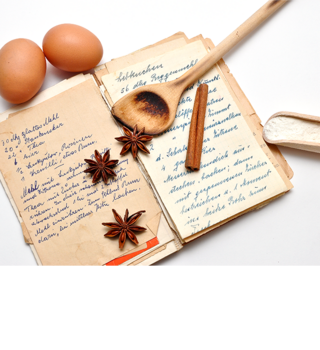
The traditional Nuremberg gingerbread has a centuries-long history. It probably originated long before a Franconian manuscript from 1409 first mentioned the word gingerbread. The first recorded gingerbread recipe dates back to the 16th century; before that, recipes were usually passed on verbally within the craft workshops and families. The recipes, which were still simple in the Middle Ages, were soon modified and became increasingly refined and sophisticated, as shown in the "Complete Nuremberg Cookbook" of 1691.
EXOTIC SPICES FROM ALL OVER THE WORLD
Nuremberg gingerbread production required high-quality ingredients that were difficult and expensive to obtain in the Middle Ages. Nuremberg's strategically favorable location at the intersection of famous trade routes granted an opulent abundance of goods by medieval standards, including exotic spices and herbs. By camel on the Silk Road, by sailing ship across the Mediterranean and by donkey over the Alps - the long journey of spices in the Middle Ages is arduous. It runs from the most remote corners of the earth via Venice to Nuremberg, the spice trade's stronghold then.
PFEFFERKUCHEN (PEPPER CAKE) WITH HONEY
The sweet honey comes from the numerous 'Zeidler' (beekeepers). They have been collecting and selling the honey from the forest bee colonies in the Reichswald forest outside Nuremberg since the 15th century. The bakers mix the aromatic honey with nuts or almonds and experiment with the delicious exotic spices. From this, they bake 'Pfefferkuchen', a popular and treasured specialty that quickly conquers the hearts and palates not only of Nuremberg's citizens.
NUREMBERG ORIGINALS
Even then, the gingerbread makers were so highly esteemed for their craftsmanship that they broke away from the bakers' guild in 1643 and established their own guild. Nuremberg gingerbread spreads to ever larger regions via the numerous trade routes and connections that pass through Nuremberg and establishes itself as a famous specialty. The name "Nuremberg Gingerbread" has been a protected geographical declaration of origin since 1996 and is recognized throughout Europe. The most important requirement for bearing the famous name is that the gingerbread must be produced within Nuremberg's city limits.
EXQUISITE AND EXOTIC INGREDIENTS
Already at that time, the gingerbread dough's essential ingredients are oilseed, such as hazelnuts, walnuts and almonds, plus candied orange peel and lemon peel, honey, a little flour and sugar (if available) and eggs or egg whites. Marzipan and an individually prepared spice mixture with anise, ginger, cardamom, coriander, mace, cloves, allspice and cinnamon are added. In particular, the very fine gingerbreads (Elisen gingerbread) contain little or no flour.
OUR WICKLEIN QUALITY
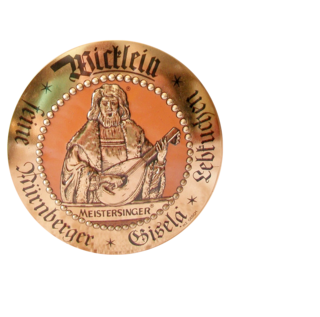
Our Nuremberg gingerbread and pastry specialties are known for their incomparable taste and certified quality. We have always emphasized high-quality ingredients, careful and gentle processing and, of course, on the originality of our traditional family recipes. This emphasis is the only way to elicit the most nuanced flavors from the exquisite ingredients, ensuring an unforgettable, intense taste sensation in all of our products. Of course, with certified quality.
OUR WICKLEIN SUSTAINABILITY
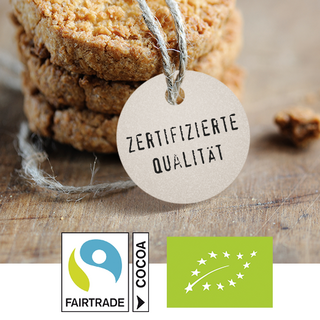
Since the founding of our company, we have stood for responsible action at all levels. In addition to meeting the highest quality standards, sustainability is one of our key production standards, which is why our specialties bear the Fair Trade seal for cocoa from 100% fair trade cultivation. With this label, we guarantee that small farmers and producers in the countries of origin of the cocoa bean are specifically supported and promoted - with the payment of a fixed minimum price, compliance with strict environmental standards or the strict prohibition of child and forced labor. More information is available at fairtrade-deutschland.de.
CONTACT
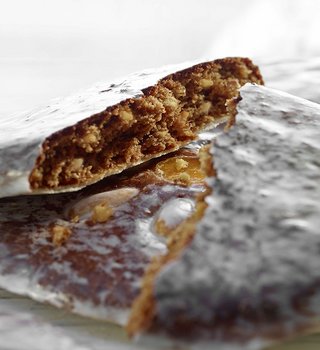
We are where baked goods are enjoyed. Contact us - by mail or phone. We welcome your questions, opinions and suggestions.
